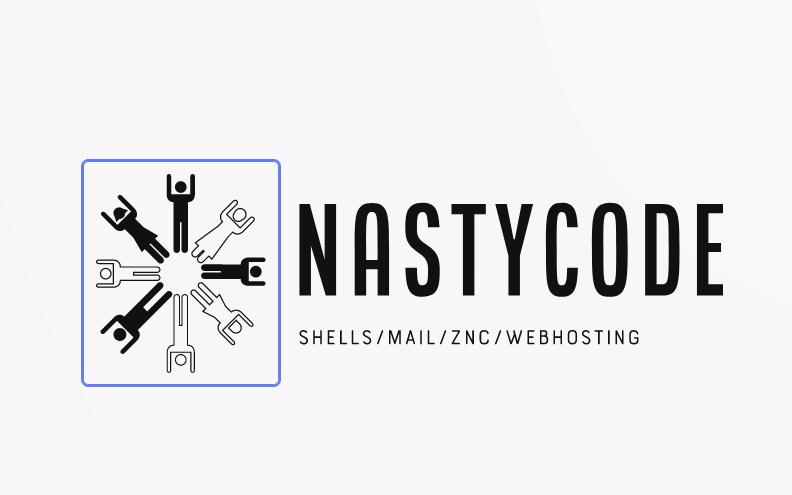The Public Domain
Long before the words "open source" or "free software" were ever used, we had the public domain. The public domain predates computers, television, radio, and even the printing press. The public domain achieves the true ideal of user freedom. Creative works in the public domain have no legal owner; they belong to the public.
What's included in the public domain? The paintings of Leonardo da Vinci, the writings of Shakespeare, and the formulas of Isaac Newton are just a few of the millions of works covered by the public domain. You are free to copy these works, to quote them, to parody them, and to build new works of art and science around them. You are free to sell these copies and make new creations around them. There are no owners; their works belong to the public. You are free to do whatever you want with them.
Imagine what life would be like if every time you wanted to follow a cooking recipe or solve a math equation, you had to sign an end-user license agreement. Life would be far less free, information would be harder to share, and innovation would slow to a halt. It's a good thing for society that cooking recipes and math formulas are generally in the public domain.
This is how software should work, too. You should have the freedom to do whatever you want with your software -- to use it, to share it, to study it, to fork it, and to combine it. The software that IRCNow provides should have no legal owner; it should belong to the public. It should belong to We the Users.
IRCNow License
The public domain is the definition of true user freedom. Ideally, all works would simply be released into the public domain. Works in the public domain no longer have any legal owners so that anyone can freely use the work however he pleases.
Unfortunately, it can be difficult to know with certainty if a piece of software has truly entered the public domain. Furthermore, in some countries, it is not possible to place a work into the public domain. For that reason, IRCNow uses the IRCNow license, which is practically identical to the public domain:
The IRCNow license lets you use the software for any purpose with no strings attached. You don't even have to give the author any credit or preserve the copyright notice. Just don't sue the author, please.
BSD/Permissive Licenses
There are many licenses similar to the IRCNow license. These licenses are collectively known as permissive or copycenter licenses. (Take it down to the copy center and make as many copies as you want!). The most popular are the BSD licenses.
Permissive licenses may add extra requirements like asking you to credit the author and to avoid using their trademarks, but these licenses are generally quite free and close to the spirit of the public domain.
Common Licenses:
| License Name | Type | Restrictions |
|---|---|---|
| FreeBSD | Permissive | Preserve the copyright notice |
| MIT | Permissive | Preserve the copyright notice |
| ISC | Permissive | Preserve the copyright notice |
Copyleft Licenses
There is another group of licenses referred to as copyleft licenses, based on the GNU General Public License (GPL). Copyleft licenses have a long list of restrictions that you must follow if you fork GPL software. The most important restriction is that users lose ownership of their work.
On one hand, GPL code is better than no code at all, which is the case today with most non-free software. However, the GPL has far more restrictions than the public domain. In practice, it is difficult to reshare and reuse GPL code. The GPL forbids users from using the work however they please; they force users to give up ownership rights. For this reason, the official IRCNow repo encourages the use of the IRCNow license for future development.
See Also:
